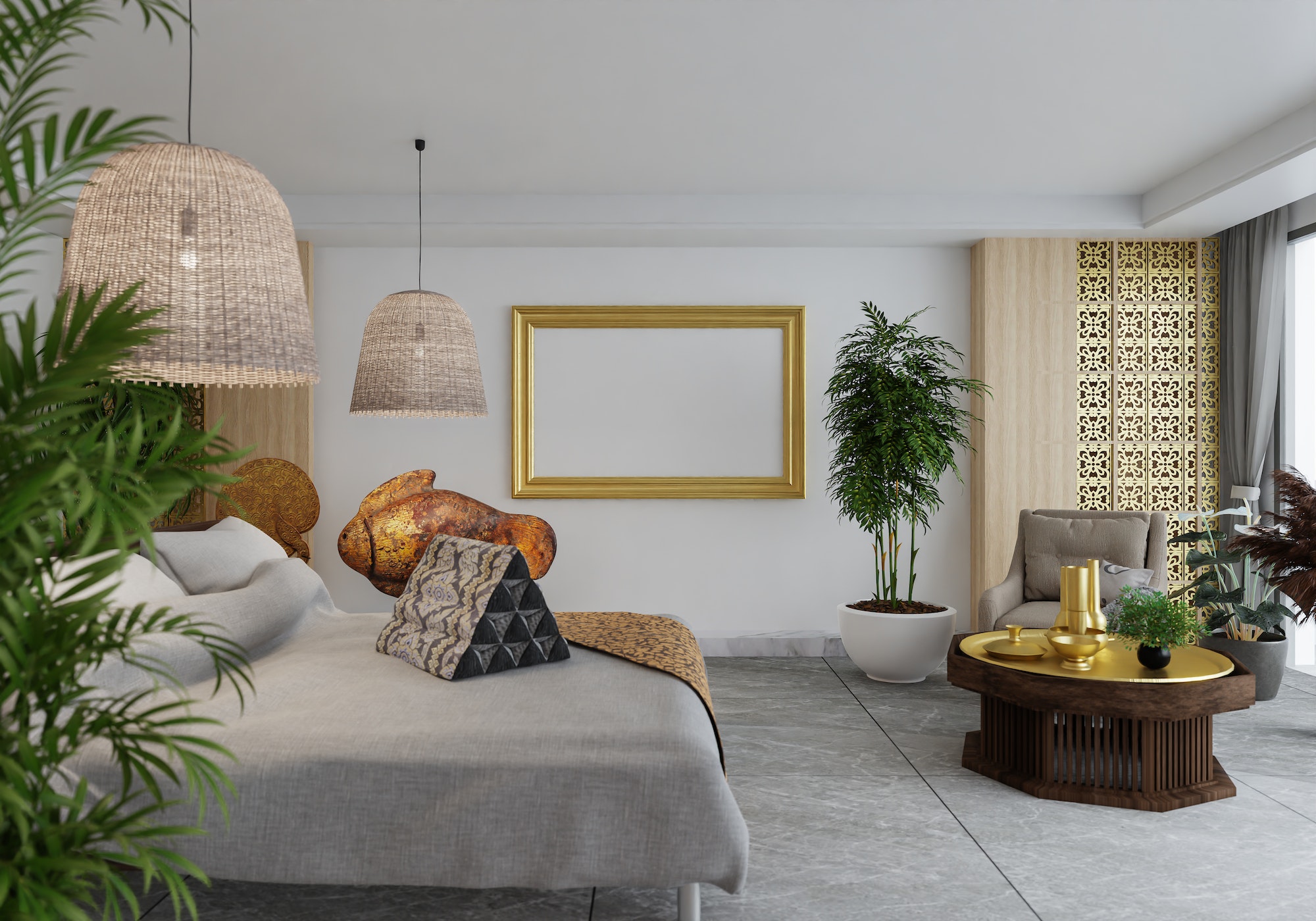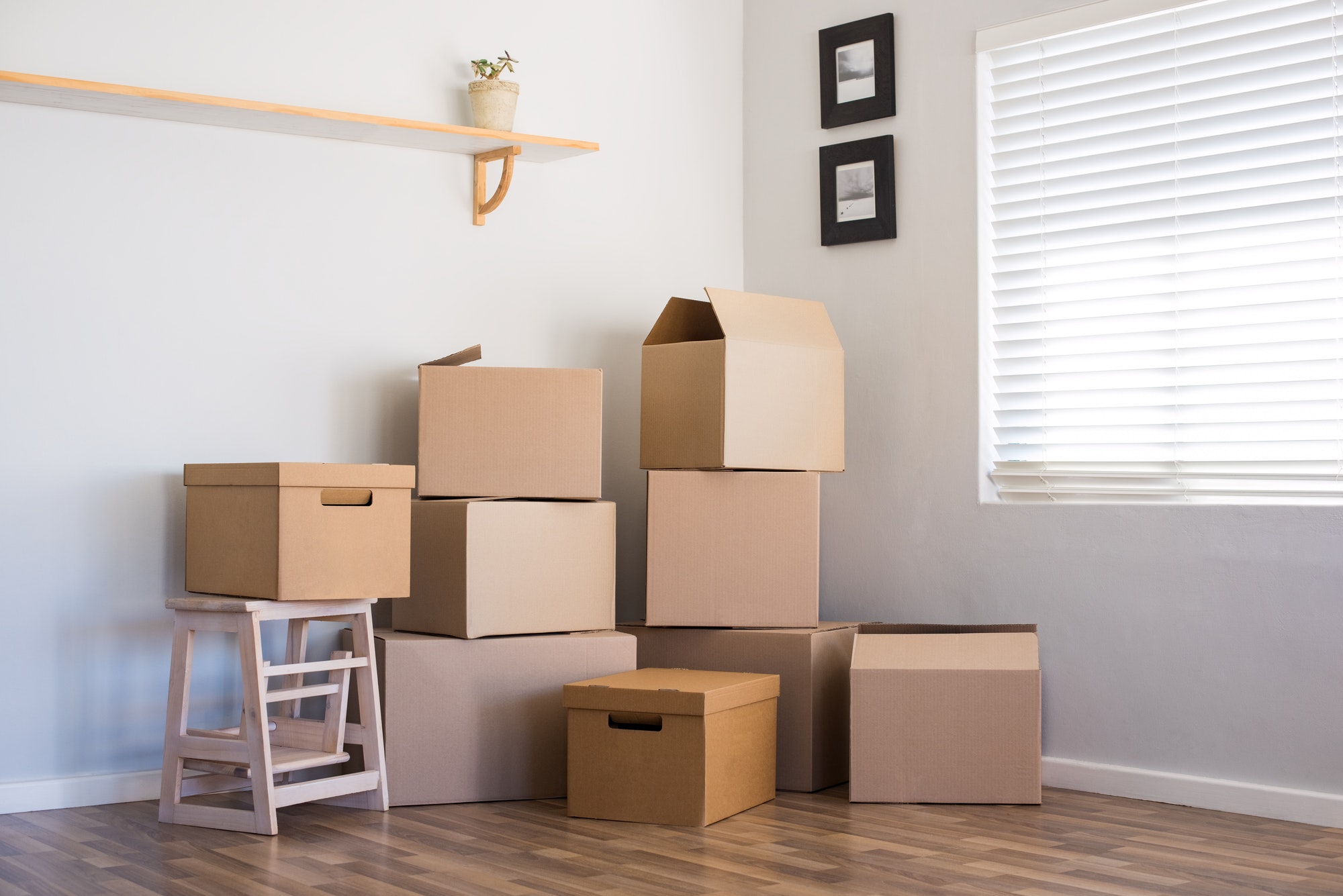Embarking on a kitchen remodeling adventure can feel like navigating a culinary obstacle course. One wrong move and you might end up with a kitchen that’s more “oops” than “ooh-la-la.” But fear not, intrepid renovator! We’ve whipped up a delicious list of 45 pitfalls to avoid, so your kitchen makeover doesn’t turn into a recipe for disaster.
Before we dive into the meaty part of our article, let’s take a quick look at some common kitchen remodeling mishaps:
| Pitfall Category | Examples |
|---|---|
| Design Disasters | Ignoring the work triangle, poor lighting choices |
| Budget Blunders | Overspending on trendy items, underestimating costs |
| Functionality Fails | Insufficient storage, awkward appliance placement |
| Style Stumbles | Mixing too many design elements, choosing fad colors |
Now, let’s sprinkle in some recent research to add flavor to our kitchen remodeling discussion. According to the 2024 U.S. Houzz Kitchen Trends Study, 42% of homeowners are opting for islands that are 7 feet or longer, up 10 points since 2020. It seems people are embracing the “go big or go home” philosophy when it comes to kitchen islands. Just imagine all the culinary chaos you could create on a 7-foot island – you could probably prepare a five-course meal and still have room for a small dance party!
Here’s a list of 45 pitfalls to sidestep during kitchen remodeling:
1. Neglecting the work triangle
The kitchen work triangle (the path between the sink, stove, and refrigerator) is crucial for efficiency. Ignoring this principle can lead to a poorly functioning kitchen that’s frustrating to use. Ensure these key elements are placed within a comfortable distance of each other to create a smooth workflow.
2. Underestimating storage needs
Many homeowners fail to plan for adequate storage, leading to cluttered countertops and disorganized spaces. Consider incorporating various storage solutions like deep drawers, pull-out pantries, and vertical dividers to maximize every inch of space.
3. Poor lighting design
Inadequate lighting can make food preparation difficult and create a gloomy atmosphere. Implement a layered lighting approach with ambient, task, and accent lighting to ensure your kitchen is both functional and inviting.
4. Choosing appliances last
Selecting appliances after cabinetry can lead to fit issues and costly modifications. Choose your major appliances first and design your cabinetry around them to ensure a seamless integration.
5. Ignoring ventilation
Proper ventilation is often overlooked but is essential for removing cooking odors and maintaining air quality. Invest in a high-quality range hood or ventilation system to keep your kitchen fresh and comfortable.
6. Skimping on counter space
Insufficient counter space can make food preparation challenging. Plan for ample work surfaces, including dedicated areas for specific tasks like baking or chopping.
7. Overlooking the importance of a backsplash
A backsplash is not just decorative; it protects your walls from splashes and stains. Plan for your backsplash early in the design process to ensure it complements your overall kitchen aesthetic.
8. Choosing form over function
While aesthetics are important, prioritizing looks over functionality can result in a beautiful but impractical kitchen. Strike a balance between style and usability to create a space that’s both attractive and efficient.
9. Failing to plan for waste management
Overlooking trash and recycling solutions can lead to unsightly bins cluttering your kitchen. Incorporate built-in waste management systems into your cabinetry design for a cleaner, more organized space.
10. Neglecting to consider workflow
A poorly planned workflow can make cooking and cleaning frustrating. Analyze your kitchen habits and design your space to support smooth movement between tasks.
11. Forgetting about electrical outlets
Insufficient or poorly placed electrical outlets can limit your appliance use and create inconvenience. Plan for ample outlets, including in your island if applicable, to accommodate all your electrical needs.
12. Overlooking the importance of flooring
Choosing the wrong flooring material can lead to maintenance issues and discomfort. Select durable, easy-to-clean flooring that can withstand spills and heavy foot traffic.
13. Ignoring the ceiling
The ceiling is often an afterthought but can greatly impact your kitchen’s overall look. Consider adding architectural details or using paint to make your ceiling a design feature.
14. Failing to plan for adequate seating
If your kitchen serves as a gathering space, insufficient seating can be a problem. Incorporate an island with seating or a breakfast nook to create a welcoming area for family and guests.
15. Choosing trendy over timeless design
Opting for ultra-trendy designs can date your kitchen quickly. Choose classic, timeless elements for major features and incorporate trends in easily changeable elements like accessories or paint colors.
16. Neglecting to consider resale value
While your kitchen should reflect your personal style, extremely unique or overly personalized designs can hurt resale value. Strike a balance between personal taste and broad appeal.
17. Underestimating the importance of hardware
Cabinet hardware is more than just functional; it’s a design element that can elevate your kitchen’s look. Choose high-quality hardware that complements your overall design scheme.
18. Forgetting about task-specific storage
Generic storage solutions may not meet your specific needs. Consider task-specific storage like spice racks, utensil dividers, and appliance garages to keep your kitchen organized.
19. Neglecting to plan for traffic flow
Poor traffic flow can make your kitchen feel cramped and dysfunctional. Ensure there’s enough space for multiple people to move comfortably, especially in high-traffic areas.
20. Overlooking the importance of proper ventilation
Inadequate ventilation can lead to lingering odors and excess moisture. Invest in a high-quality range hood and consider additional ventilation options if needed.
21. Choosing the wrong sink size or style
A sink that’s too small or the wrong style can make dish washing and food prep challenging. Consider your cooking habits and choose a sink that meets your needs in terms of size, depth, and number of basins.
22. Neglecting to plan for small appliance storage
Cluttered countertops can make your kitchen feel messy and reduce workspace. Plan for storage solutions for small appliances to keep your counters clear and organized.
23. Failing to consider maintenance requirements
Some materials and finishes require more upkeep than others. Consider your lifestyle and choose materials that you’re willing and able to maintain properly.
24. Overlooking the importance of proper insulation
Poor insulation can lead to energy inefficiency and uncomfortable temperatures. Ensure your kitchen is properly insulated, especially if you’re expanding or moving exterior walls.
25. Choosing impractical materials
Materials that look great but aren’t durable or easy to clean can quickly become a source of frustration. Select materials that can withstand daily use and are easy to maintain.
26. Neglecting to plan for adequate pantry space
Insufficient pantry space can lead to cluttered cabinets and countertops. Plan for a dedicated pantry area or incorporate pull-out pantry storage in your cabinetry design.
27. Failing to consider the kitchen’s relationship to adjacent rooms
Your kitchen should flow seamlessly with surrounding spaces. Consider sight lines, traffic patterns, and style consistency with adjacent rooms when planning your kitchen layout.
28. Overlooking the importance of proper plumbing
Poor plumbing planning can lead to costly issues down the line. Work with a professional to ensure your plumbing layout is efficient and up to code.
29. Choosing appliances that are too large or small for the space
Improperly sized appliances can throw off your kitchen’s proportions and functionality. Measure carefully and choose appliances that fit your space and needs.
30. Neglecting to plan for adequate prep space
Insufficient prep space can make cooking frustrating and inefficient. Ensure you have ample counter space near your sink and stove for food preparation.
31. Failing to consider ergonomics
Poor ergonomics can lead to discomfort and inefficiency. Consider factors like counter height, cabinet accessibility, and appliance placement to create a comfortable working environment.
32. Overlooking the importance of proper lighting placement
Poorly placed lighting can create shadows and make tasks difficult. Plan for task lighting in key work areas and ensure ambient lighting is evenly distributed.
33. Choosing cabinet doors that interfere with traffic flow
Cabinet doors that swing into walkways can disrupt traffic flow. Consider sliding or pocket doors in tight spaces to maximize functionality.
34. Neglecting to plan for tech integration
In today’s connected world, overlooking tech needs can be a mistake. Plan for charging stations, smart home integration, and other tech features that suit your lifestyle.
35. Failing to consider the kitchen’s natural light
Ignoring natural light sources can result in a dark or poorly lit kitchen. Maximize natural light where possible and plan your artificial lighting to complement it.
36. Choosing a layout that doesn’t suit your cooking style
A layout that doesn’t match how you cook can lead to frustration. Consider your cooking habits and design your kitchen to support your preferred way of working.
37. Overlooking the importance of proper ventilation for gas appliances
Gas appliances require specific ventilation considerations. Ensure your ventilation system is appropriate for the type of appliances you’re installing.
38. Neglecting to plan for adequate clearance around appliances and cabinets
Insufficient clearance can make it difficult to fully open appliances and cabinets. Plan for proper clearance to ensure everything functions as intended.
39. Choosing finishes that clash
Mismatched finishes can create a disjointed look. Carefully consider how different materials and finishes will work together in your overall design.
40. Failing to consider the kitchen’s acoustics
Hard surfaces can make a kitchen noisy. Consider incorporating sound-absorbing materials or textures to create a more pleasant acoustic environment.
41. Overlooking the importance of proper support for heavy elements
Items like granite countertops or large islands require proper structural support. Ensure your floor and cabinetry can handle the weight of these elements.
42. Neglecting to plan for future needs
Your needs may change over time. Consider incorporating universal design elements that will make your kitchen accessible and functional for years to come.
43. Choosing a color scheme that’s too bold or trendy
While bold colors can be exciting, they can also date quickly. Consider using bold colors in easily changeable elements and keeping major elements neutral.
44. Failing to consider the kitchen’s overall style in relation to your home
A kitchen that doesn’t match the style of the rest of your home can feel out of place. Ensure your kitchen design complements your home’s overall aesthetic.
45. Neglecting to hire professionals when needed
While DIY can save money, some tasks require professional expertise. Know when to call in the pros to ensure your kitchen remodel is done safely and correctly.
A successful kitchen remodel is like a well-executed soufflé – it takes patience, precision, and a pinch of humor. So, roll up your sleeves, grab your measuring tape, and let’s cook up a kitchen that’s more Gordon Ramsay than kitchen nightmare!
Discover more from Futurist Architecture
Subscribe to get the latest posts sent to your email.

![modern apartment [article_title]](https://www.futuristarchitecture.com/wp-content/uploads/2025/03/9-Classic-Hacks-to-Train-Your-Subway-Tiles-900x600.jpg)

